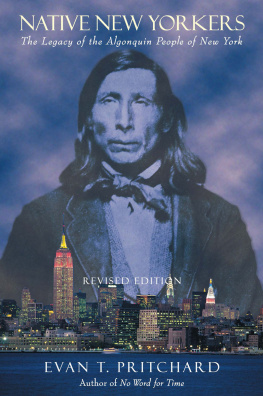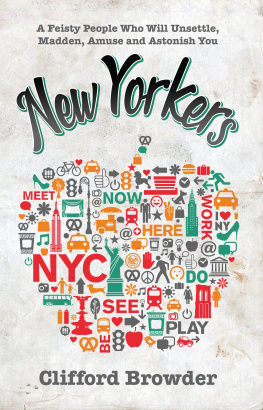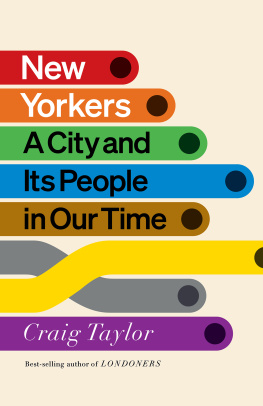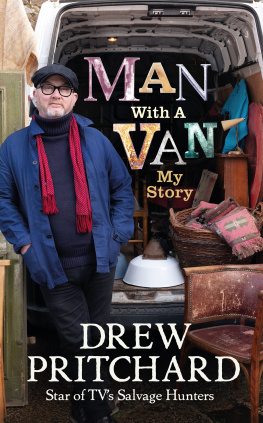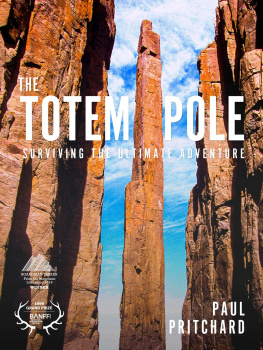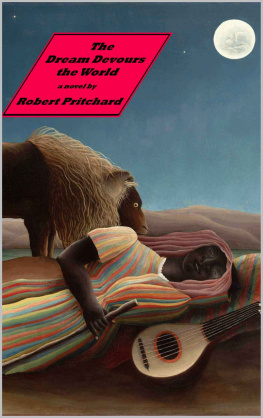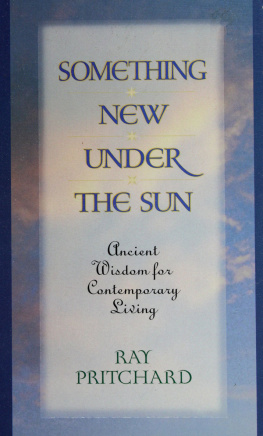Pritchard Evan T. - Native New Yorkers : The Legacy of the Algonquin People of New York
Here you can read online Pritchard Evan T. - Native New Yorkers : The Legacy of the Algonquin People of New York full text of the book (entire story) in english for free. Download pdf and epub, get meaning, cover and reviews about this ebook. year: 2011, publisher: Chicago Review Press, genre: History. Description of the work, (preface) as well as reviews are available. Best literature library LitArk.com created for fans of good reading and offers a wide selection of genres:
Romance novel
Science fiction
Adventure
Detective
Science
History
Home and family
Prose
Art
Politics
Computer
Non-fiction
Religion
Business
Children
Humor
Choose a favorite category and find really read worthwhile books. Enjoy immersion in the world of imagination, feel the emotions of the characters or learn something new for yourself, make an fascinating discovery.
- Book:Native New Yorkers : The Legacy of the Algonquin People of New York
- Author:
- Publisher:Chicago Review Press
- Genre:
- Year:2011
- Rating:3 / 5
- Favourites:Add to favourites
- Your mark:
- 60
- 1
- 2
- 3
- 4
- 5
Native New Yorkers : The Legacy of the Algonquin People of New York: summary, description and annotation
We offer to read an annotation, description, summary or preface (depends on what the author of the book "Native New Yorkers : The Legacy of the Algonquin People of New York" wrote himself). If you haven't found the necessary information about the book — write in the comments, we will try to find it.
Native New Yorkers : The Legacy of the Algonquin People of New York — read online for free the complete book (whole text) full work
Below is the text of the book, divided by pages. System saving the place of the last page read, allows you to conveniently read the book "Native New Yorkers : The Legacy of the Algonquin People of New York" online for free, without having to search again every time where you left off. Put a bookmark, and you can go to the page where you finished reading at any time.
Font size:
Interval:
Bookmark:
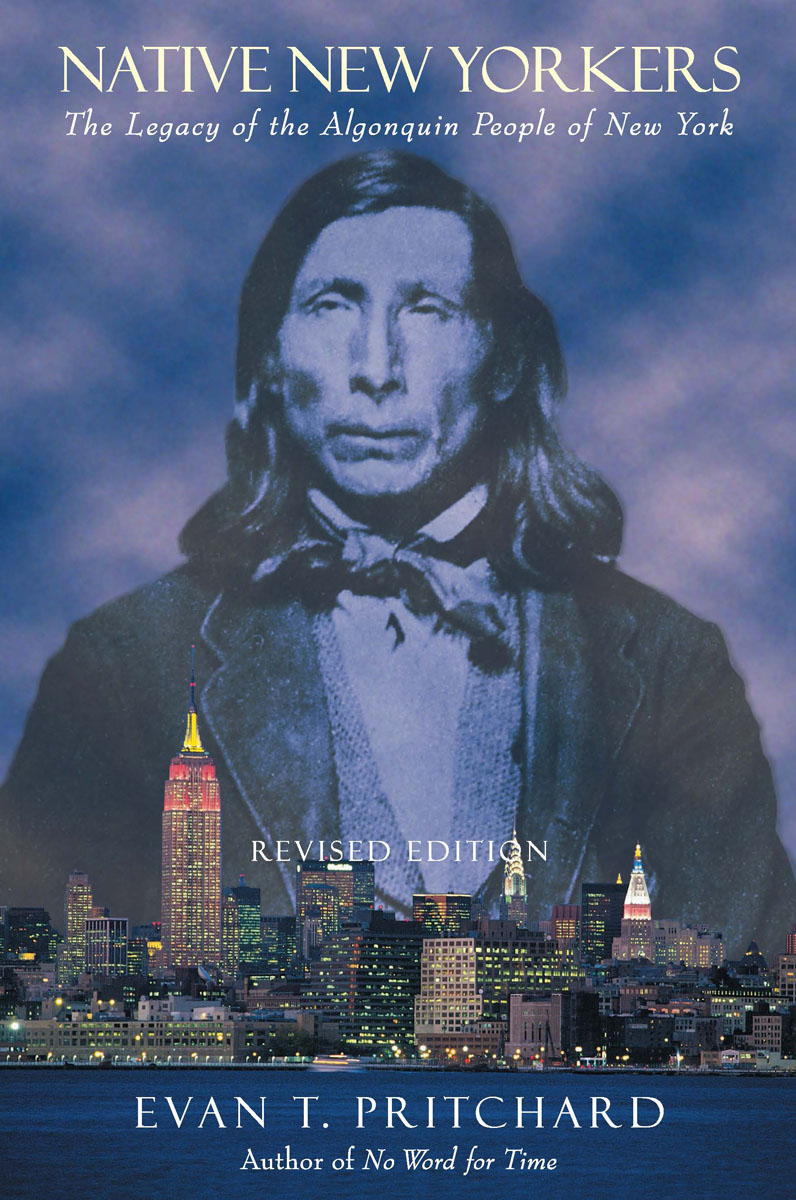

Published by Council Oak Books, LLC
An imprint of Chicago Review Press Incorporated
814 North Franklin Street
Chicago, Illinois 60610
Copyright 2002, 2007 by Evan T. Pritchard.
All rights reserved.
Hardcover first published in 2002 by Council Oak Books
Revised second edition paperback published in 2007 by Council Oak Books
Grateful acknowledgment is made for permission to reprint excerpts from Susan Tarrows translation of Verrazzanos letter to Francis I from The Voyages of Giovanni da Verrazzano 15241528, by Lawrence Wroth, 1970 by Lawrence Wroth, published by Yale University Press.
Library of Congress Cataloging-in-Publication Data
Pritchard, Evan T., 1955
Native New Yorkers: the legacy of the Algonquin people of New York/Evan T. Pritchard.
p. cm.
Includes bibliographical references and index.
ISBN 1-57178-107-2
1. Algonquin Indians-New York (State) I. Title.
E99.A35 .P75 2001974.7004973-dc21
2001032389
Printed in the United States of America
Maps may be found on
N ative New Yorkers is a book for readers who love New York. It is also for those who are possessed by a deep and abiding interest in Native American tradition, whether by birthright or passion. These two subjects seem to lie at the extreme opposite poles of the universe, yet they have coexisted for centuries. They still coexist today, not just in the wilds of upstate New York and Long Island, but right in New York City, the economic hub of the world.
There is an over-arching glory and fame to New York City, one that shines on everyone who lives there. Go to Thailand or Italy, and tell someone you live in New York, and you, too, are an instant celebrity. As you walk down Fifth Avenue, New Yorks singularity and opulence make you imagine you are walking along the colonnades of the pharaohs of Egypt.
New Yorkers proudly boast of the toughness it takes to survive in their city and speak openly to strangers about its blemishes and pitfalls. Its not perfect, but it is magnificent. Some say its not even a good place to live, but it is a great place to be.
But ask them who or what was there before the Dutch, before New York was called New Amsterdam, and people become timid, unsure, and quiet. They dont know or perhaps are afraid to learn about the real native New Yorkers, those ghosts that, from time to time, haunt their dreams at night. Many suspect that the original owners of New York were somehow swindled, because no deed has ever been found for Peter Minuits $24 Manhattan deal, even though the Dutch West India Company kept careful records of all business transactions. So many peopleeducators and Native Americans alikehave asked me, What really happened to whoever the Indians were, here in New York? that I was compelled to write this book. Although I had already taught Native American history at the college level, and had been on a committee as an advisor to New York State on teaching Native American history in the public schools, what I learned while preparing to write Native New Yorkers was utterly astounding.
At one time the land and the people of New York were one. The timeless harmony with nature and neighbor known to the northernmost Algonquin today was also known to the original people of New York City. I was touched by the brutal loss of that fragile world to progress, and felt driven to reconstruct their worldthe language, philosophy, customs, and ecology, but especially the landscape of the state as the Algonquin people knew iton paper. As I researched and taught myself the names and stories of the villages, mountains, lakes, trails, and forests, the entire region took on a new character for me. I began to see the land beneath the buildings as a living entity, one still worthy of respect and even reverence. What started as a scholarly endeavor soon became a spiritual quest, and I struggled page by page to find a way to acknowledge both pursuits in my choice of words.
In 1524, according to Giovanni da Verrazzano, the first chartered explorer They wore whale fins and tails as ornaments.
New York City dwellers are amused when I tell them Manetta Creek was named after a primeval monster of Lenape legend,waters, until recently, could be seen in the lobby of the apartment building at #2 Fifth Avenue.
Bowling Green was the site of a sacred council fire and council elm in the realm of the Kapsee, a group of Canarsie people. It lay at the end of one of the longest trails along one of the longest riversnow called the Hudsonin the New World. There can be no doubt to its pre-Columbian importanceit was geographically a place of power. According to a 1920 archaeological map, and in accordance with traditional Algonquin custom, this spot was the site of a Kapsee chiefs houseironic because George Washingtons plan was to build his new White House on that spot, where the National Museum of the American Indian now stands. The first presidential White House actually was in Manhattan, not far from Bowling Green, at 1 Cherry Street, named after a Lenape cherry orchard located there. Cooper Squarewhere Lincoln gave one of his greatest speeches was called Kintecoyinga gathering place for orations by Lenape sagamores, or wise chieftains, for hundreds of years. Manhattan has always been an ideal location for commerce and political power.
Of course, the Canarsie Shipping Lines were named after Native Americans (via the Brooklyn neighborhood by the same name), but did you know that there were Canarsie shipping lines in 1300 to 1600, run by New York Citys Native tribe, which traded all over North America? Or that historic geographic patterns make it likely one would have seen a fur market five hundred years ago near the site of todays fur market at Sixth and Twenty-seventh? Whatever location Native people used to trade certain items, the Dutch would go there too. Later the English took over but allowed the Dutch to continue their practices uninterrupted by politics.
In many respects, the Algonquin created the template by which New York City was designed. They followed the lay of the land and utilized its features to maximum advantage, and the colonists followed their lead, setting a chain of events in motion that is still roaring forward. For example, canoe commuters used to come from Hoboken and land near the spot the PATH train now stops (because it was the narrowest spot on the Hudson) to do business in Manhattan for the day and then go home. Why did they commute? Because Manhattan was a tough place to live, due to the rocky soil, but a good place to visitand make a deal. Broadway was the main road long ago because it followed the high ridge of the island, but it was called the Mohican Trail then. It led to Montreal (another Algonquin site on a river that was colonized rather early), giving the Dutch settlers a head start in international commerce.
Flatbush Avenue and Kings Highway in Brooklyn were important Canarsie trails that followed the lay of the land; Kings Highway circles the perimeter of the area, following the shoreline a mile or so inland, while the trail that became Flatbush Avenue began at the best boat crossing from Manhattan and led across Brooklyn to the best boat crossing to the Rockaway Islands on the Atlantic side. The Dutch couldnt improve on that plan.
It was the combination of New Yorks ready availability of wampum and the marketing ingenuity of the Dutch that set the stage for New York to become the economic capital of the New World. The Lenape had a plentiful supply of wampum shells, which they valued for making ritual objects and ornaments, and the Dutch had the muxes, a steel tool from Europe that happened to make drilling the hard shells easier. The Dutch needed land and beaver pelts, of which the Lenape had plenty. The Dutch needed a form of currency in order to acquire those things, and when it was clear that wampum did the trick, it was soon the first legal tender in the New World. Other objects held value, but wampum was portable and easy to evaluate in a trade, at least until inflation set in due to oversupply by the Dutch.
Next pageFont size:
Interval:
Bookmark:
Similar books «Native New Yorkers : The Legacy of the Algonquin People of New York»
Look at similar books to Native New Yorkers : The Legacy of the Algonquin People of New York. We have selected literature similar in name and meaning in the hope of providing readers with more options to find new, interesting, not yet read works.
Discussion, reviews of the book Native New Yorkers : The Legacy of the Algonquin People of New York and just readers' own opinions. Leave your comments, write what you think about the work, its meaning or the main characters. Specify what exactly you liked and what you didn't like, and why you think so.

